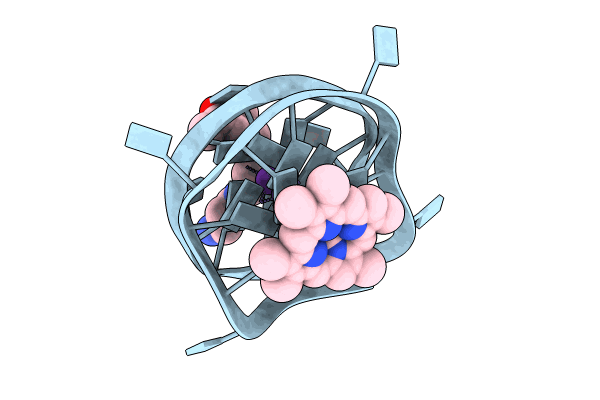
Deposition Date
2023-06-27
Release Date
2024-07-03
Last Version Date
2025-02-05
Entry Detail
PDB ID:
8TAA
Keywords:
Title:
Right-left hybrid parallel G-quadruplex in complex with N-methyl mesoporphyrin
Biological Source:
Source Organism:
Homo sapiens (Taxon ID: 9606)
Method Details:
Experimental Method:
Resolution:
1.45 Å
R-Value Free:
0.22
R-Value Work:
0.17
R-Value Observed:
0.18
Space Group:
P 41 21 2


